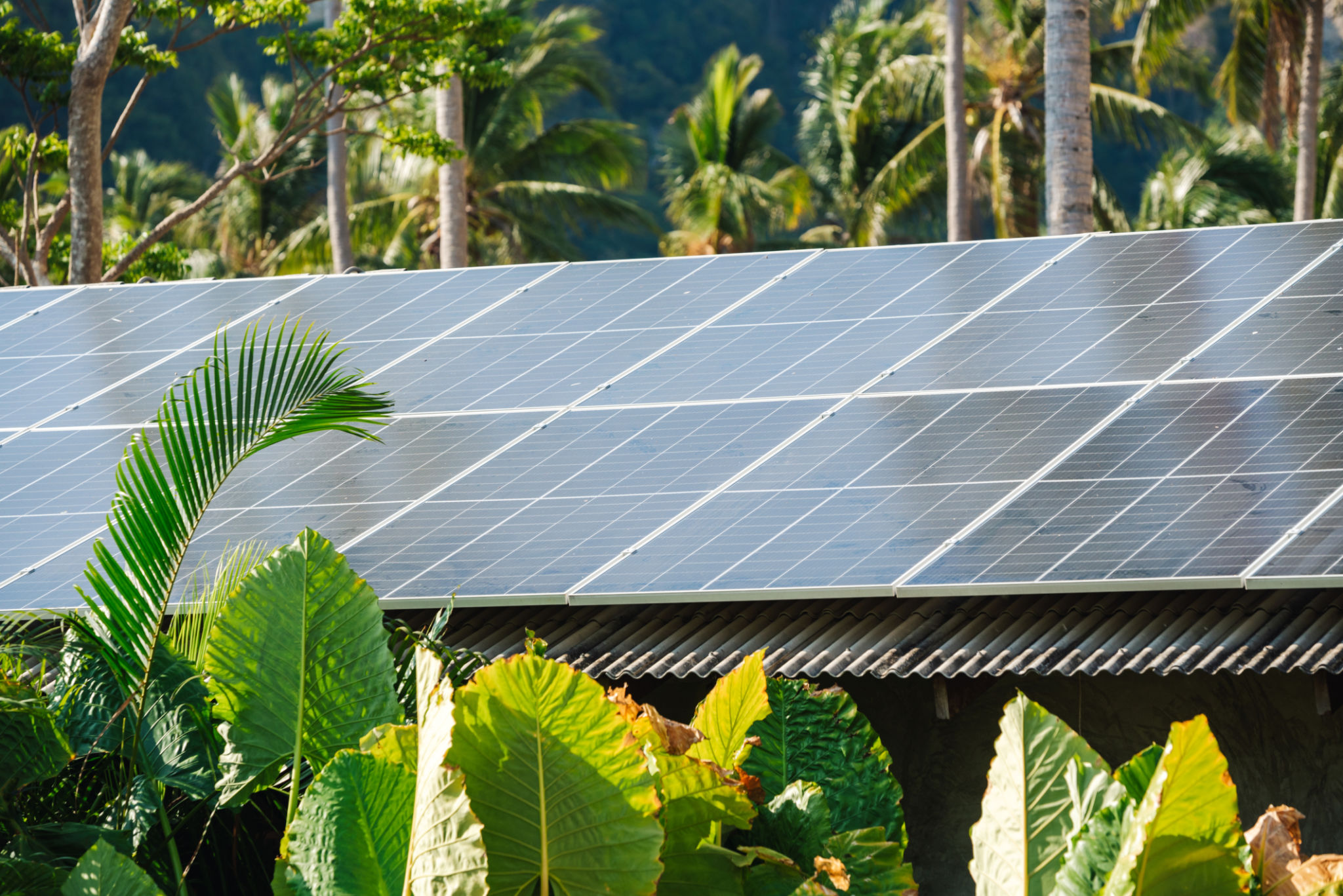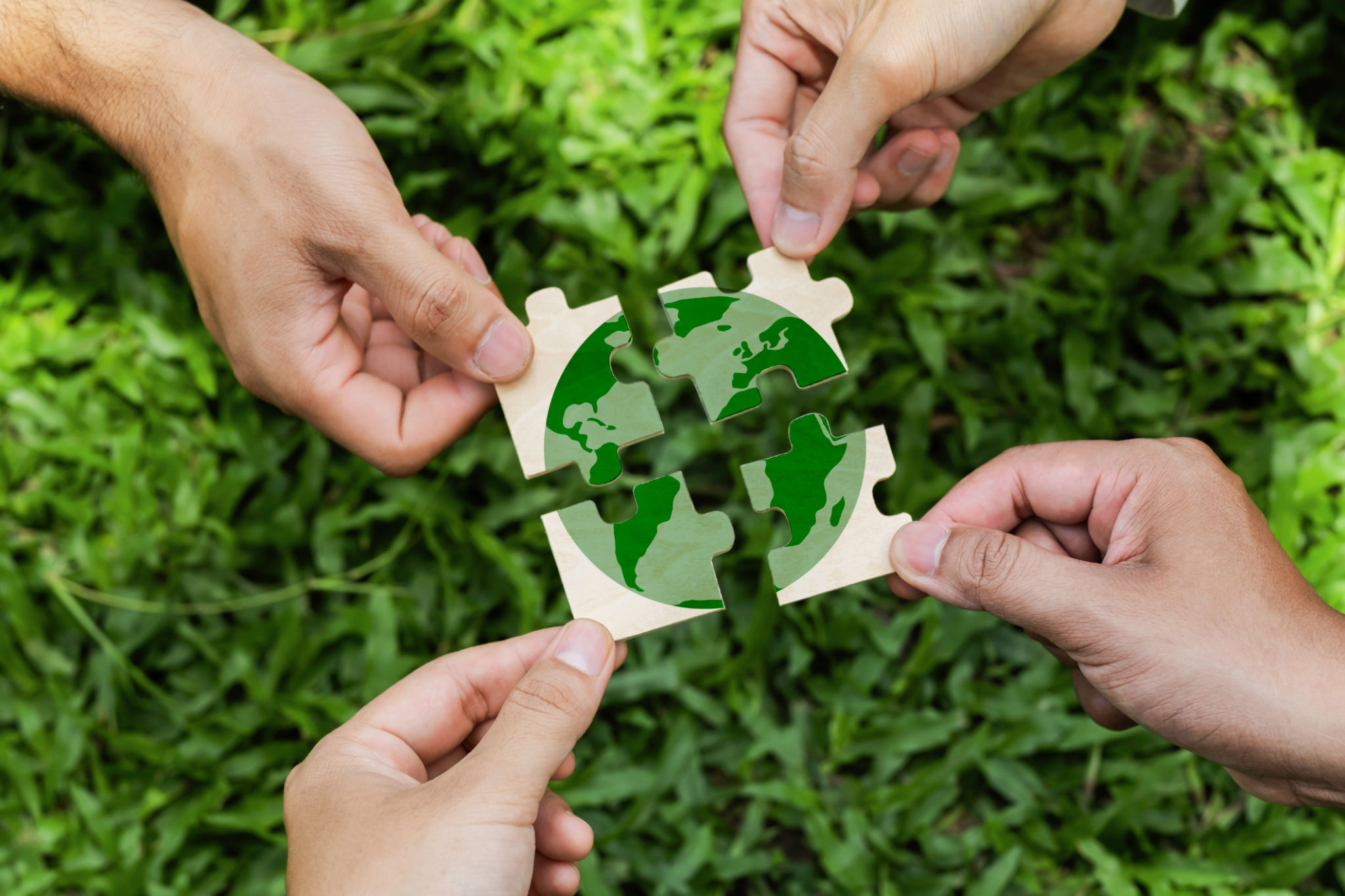Sustainable Building Practices: Essential Insights for the Caribbean Region
Understanding Sustainable Building Practices
The Caribbean region, renowned for its stunning landscapes and vibrant culture, is increasingly turning to sustainable building practices to preserve its natural beauty while addressing environmental challenges. These practices not only help reduce carbon footprints but also promote economic and social benefits. Understanding the core principles of sustainable construction is essential for anyone looking to build in the Caribbean.
Sustainable building in the Caribbean involves using locally sourced materials, minimizing waste, and employing energy-efficient designs. By doing so, builders can significantly reduce the environmental impact of new construction projects. Utilizing natural resources wisely ensures that both current and future generations can enjoy the region's pristine environment.

Importance of Local Materials
One of the key aspects of sustainable construction in the Caribbean is the use of local materials. By sourcing materials locally, builders can reduce transportation emissions and support local economies. Commonly used materials include bamboo, recycled wood, and locally quarried stone. These materials are not only environmentally friendly but also well-suited to the Caribbean climate.
Incorporating indigenous building techniques can further enhance sustainability. Traditional methods often utilize natural ventilation and shading to maintain comfortable indoor temperatures without relying on air conditioning. This approach helps conserve energy and reduce operational costs in the long term.
Energy Efficiency and Renewable Energy
Energy efficiency is a crucial component of sustainable building practices. In the Caribbean, where sunlight is abundant, solar panels are an excellent choice for harnessing renewable energy. Installing solar panels on rooftops can provide a significant portion of a building's energy needs, reducing dependence on fossil fuels.
Additionally, energy-efficient appliances and lighting systems can drastically reduce electricity consumption. Implementing smart building technologies, such as automated lighting and temperature controls, can further optimize energy use in residential and commercial properties.

Water Conservation Strategies
Water conservation is vital in the Caribbean, where freshwater resources can be limited. Sustainable building practices often include rainwater harvesting systems to collect and store rainwater for non-potable uses, such as irrigation and toilet flushing. This not only conserves water but also reduces utility costs.
Implementing water-efficient fixtures, such as low-flow toilets and faucets, can significantly decrease water usage in buildings. Greywater recycling systems can also be employed to reuse water from sinks and showers for landscape irrigation, further conserving valuable water resources.
Sustainable Community Planning
Sustainable building practices extend beyond individual structures to encompass entire communities. Thoughtful community planning that incorporates green spaces, public transportation options, and pedestrian-friendly designs can significantly reduce the overall environmental impact.

Community engagement is also critical in promoting sustainable development. Involving local residents in planning processes ensures that projects meet the needs of the community while respecting cultural heritage and environmental considerations. This collaborative approach fosters a sense of ownership and commitment to sustainability.
The Future of Sustainable Building in the Caribbean
As awareness of environmental issues grows, sustainable building practices are becoming increasingly mainstream in the Caribbean. Governments are implementing policies to encourage green construction, while developers are recognizing the long-term benefits of investing in sustainability.
The future of sustainable building in the Caribbean looks promising, with continuous innovation and collaboration driving progress. By embracing these practices, the region can preserve its natural resources while promoting economic resilience and social well-being for generations to come.
